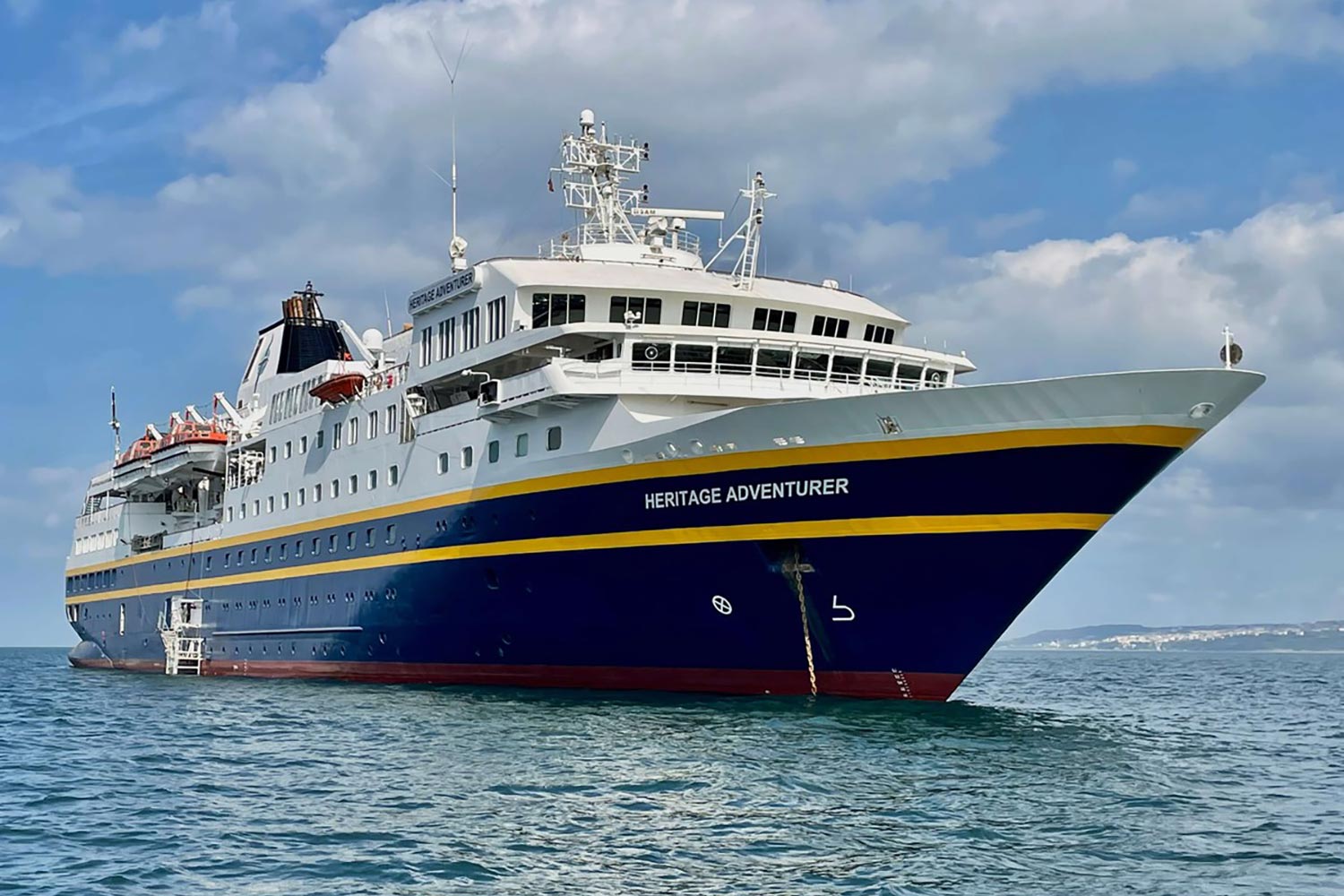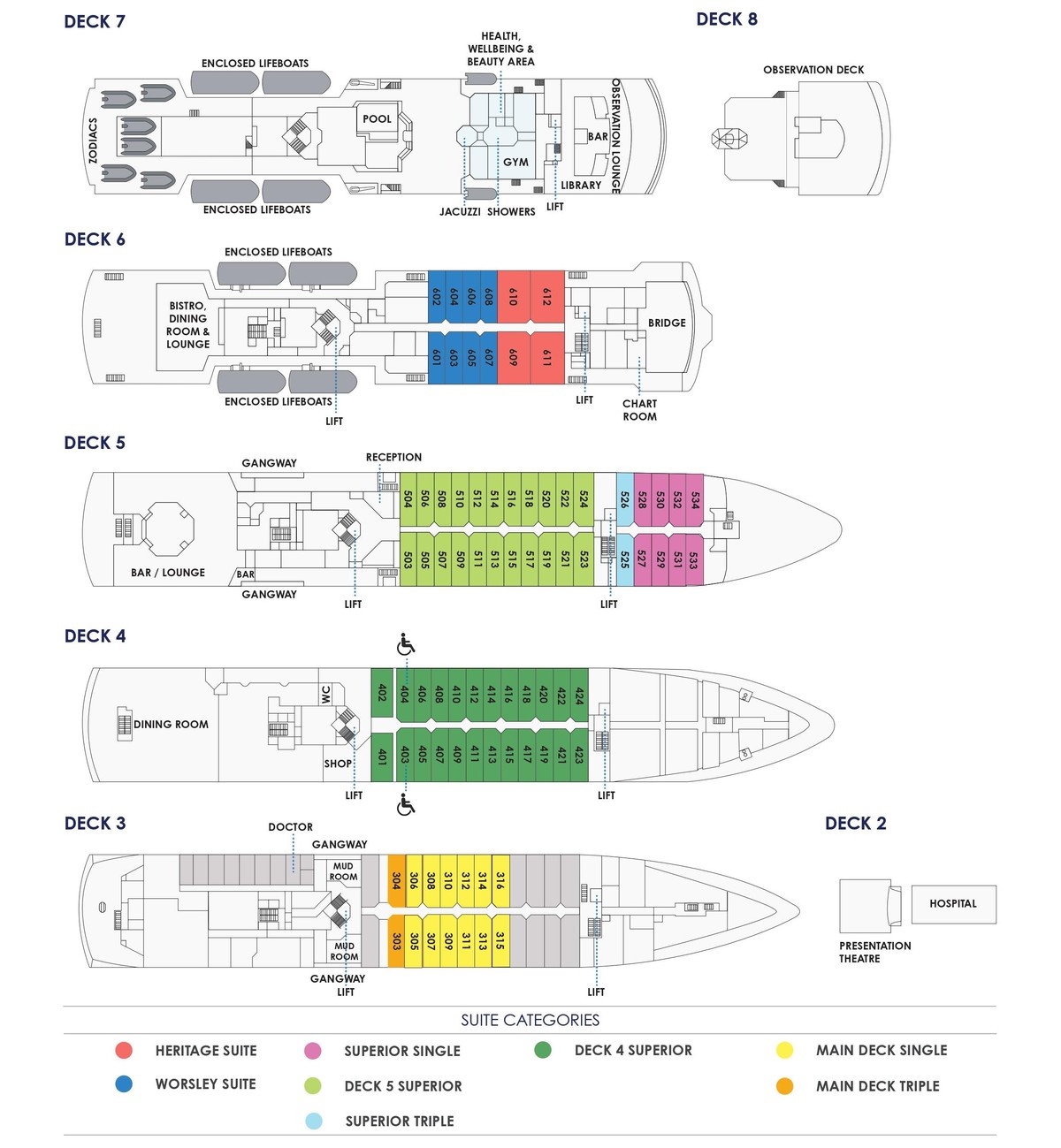Western Pacific Odyssey: New Zealand to Japan
South Pacific
Known in birding circles simply as the 'WPO', this expedition incorporates many of the key birding areas in the South West Pacific. First offered in 2007, it is now considered one of the 'must do' expeditions for any birder because of its opportunities to see some of the rarest pelagic seabirds in the world, plus many island endemics. But it is not just for 'birders', the cetacean list can only be described as outstanding. If you ever tire of birding or cetacean watching then there are options for snorkelling, swimming and relaxing
- Unique birdlife on remote islands
- Explore remote and Pristine tropical islands
- Friendly and welcoming villagers
- Incredible marine life, whales, dophins and more
- snorkelling and beachcombing opportunities
Stewart's Take
A ‘must do' expedition for any birder or those interested in remote islands!
Overview
Known in birding circles simply as the 'WPO', this expedition incorporates many of the key birding areas in the South West Pacific. First offered in 2007, it is now considered one of the 'must do' expeditions for any birder because of its opportunities to see some of the rarest pelagic seabirds in the world, plus many island endemics. But it is not just for 'birders', the cetacean list can only be described as outstanding. If you ever tire of birding or cetacean watching then there are options for snorkelling, swimming and relaxing.Scrolling is disabled on map, please click to enable.
Luxury Expedition Vessel: Heritage Adventurer

The purpose built polar expedition vessel Heritage Adventurer provides a most capable, safe, and exclusive expedition cruise experience. Heritage Adventurer is a true pioneering expedition vessel of exceptional pedigree. Often referred to as the 'Grande Dame of Exploration Cruising' due to her celebrated history and refined design, she was purposebuilt for adventure in 1991 at Finland's Rauma shipyard and specifically designed for Polar exploration.
Setting a peerless standard in authentic expedition travel, Heritage Adventurer (formerly known as MS Hanseatic) combines the highest passenger ship iceclass rating (1A Super) with an impressive history of Polar exploration. She held records for the most northern and southern Arctic and Antarctic navigations, and for traversing both the Northwest and Northeast Passages. Originally designed to accommodate 184 guests, Heritage Adventurer now welcomes just 140 expeditioners ensuring spacious, stylish and comfortable voyages, while a fleet of 14 Zodiacs ensures all guests are able to maximise their expedition adventure.


Tour Dossier
Western Pacific Odyssey: New Zealand to Japan

An epic expedition via Norfolk Island, New Caledonia and Melanesia this expedition incorporates key birding areas in the South West Pacific
File Creation date: 2024-04-20 - for updated information and dates and prices see the following page:
http://expeditionsonline.com/tour/western-pacific-odyssey-new-zealand-to-japan_387

Western Pacific Odyssey: New Zealand to Japan
Duration: 25 days
Location: South Pacific
Available: March-April
Start: Auckland, New Zealand
Finish: Osaka, Japan

Highlights
- Unique birdlife on remote islands
- Explore remote and Pristine tropical islands
- Friendly and welcoming villagers
- Incredible marine life, whales, dophins and more
- snorkelling and beachcombing opportunities

Itinerary
Known in birding circles simply as the 'WPO', this expedition incorporates many of the key birding areas in the South West Pacific. First offered in 2007, it is now considered one of the 'must do' expeditions for any birder because of its opportunities to see some of the rarest pelagic seabirds in the world, plus many island endemics. But it is not just for 'birders', the cetacean list can only be described as outstanding. If you ever tire of birding or cetacean watching then there are options for snorkelling, swimming and relaxing





Ship Information
Luxury Expedition Vessel: Heritage Adventurer

The purpose built polar expedition vessel Heritage Adventurer provides a most capable, safe, and exclusive expedition cruise experience. Heritage Adventurer is a true pioneering expedition vessel of exceptional pedigree. Often referred to as the 'Grande Dame of Exploration Cruising' due to her celebrated history and refined design, she was purposebuilt for adventure in 1991 at Finland's Rauma shipyard and specifically designed for Polar exploration.
Setting a peerless standard in authentic expedition travel, Heritage Adventurer (formerly known as MS Hanseatic) combines the highest passenger ship iceclass rating (1A Super) with an impressive history of Polar exploration. She held records for the most northern and southern Arctic and Antarctic navigations, and for traversing both the Northwest and Northeast Passages. Originally designed to accommodate 184 guests, Heritage Adventurer now welcomes just 140 expeditioners ensuring spacious, stylish and comfortable voyages, while a fleet of 14 Zodiacs ensures all guests are able to maximise their expedition adventure.

Western Pacific Odyssey: New Zealand to Japan
For the latest, up-to-date departure dates and prices please refer to the tour page:
http://expeditionsonline.com/tour/western-pacific-odyssey-new-zealand-to-japan_387
Included
Landing fees, pre/post cruise transfers, all on board ship accommodation with meals and all expedition shore excursionsExcluded
All items of a personal nature, laundry, drinks, gratuities. International/domestic flights, visas and travel insurance. Discovery fund (Payable on board) $1000
General Terms and Conditions
Expeditions Online Newsletter
Sign up to be an Expeditions Online insider and receive info on exclusive deals, discounts and more!